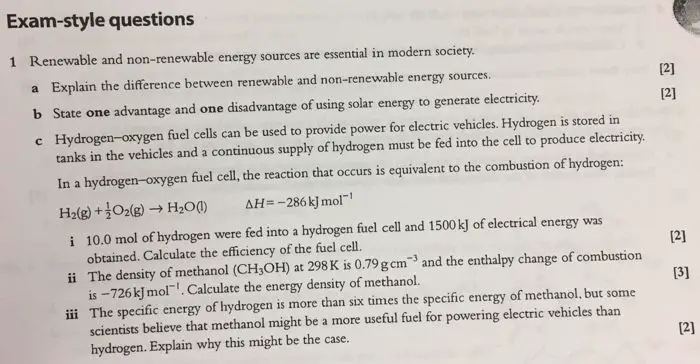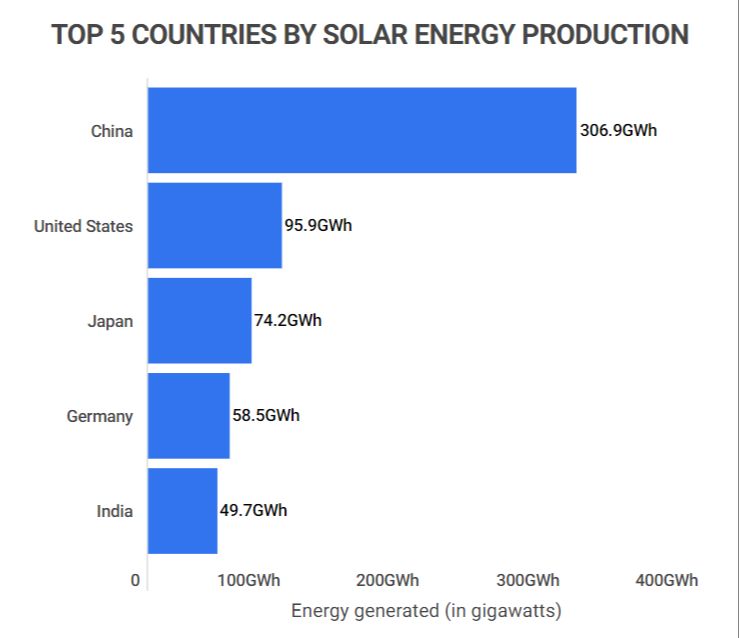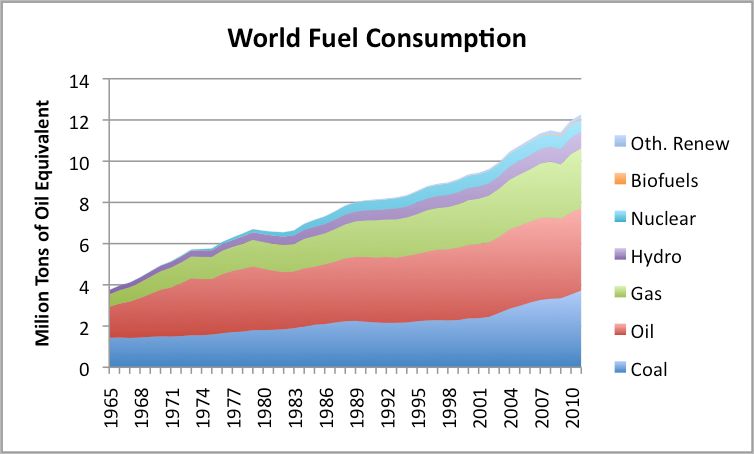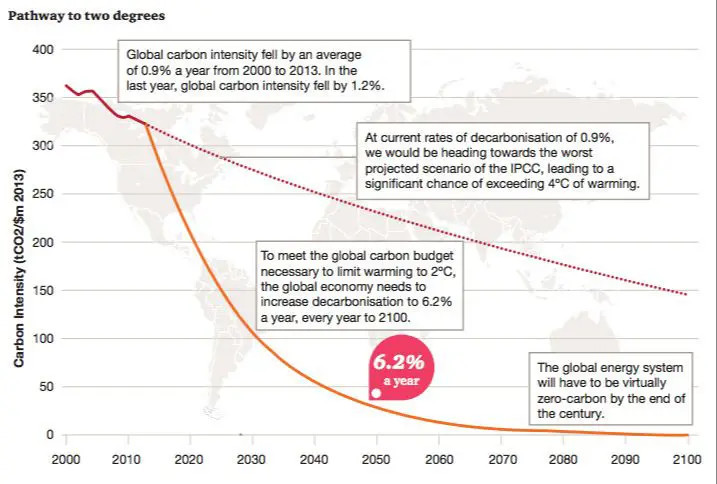Are Iron-Air Batteries Real?
Iron-air batteries are a type of metal-air battery that use iron as the anode and oxygen from the air as the cathode. They have emerged as a promising potential battery technology due to their exceptionally high theoretical energy density, abundance and low cost of iron, and their environmental friendliness compared to lithium-ion batteries.
The key advantage of iron-air batteries is their high theoretical energy density, which is estimated to be up to 10 times greater than that of lithium-ion batteries. This could enable electric vehicles to achieve much greater driving ranges from a smaller, lighter battery pack. Additionally, iron is inexpensive, naturally abundant, and considered environmentally benign compared to the lithium and cobalt used in lithium-ion batteries.
However, despite their theoretical promise, researchers have struggled to develop viable iron-air batteries that can provide high energy density, power density, efficiency and cycle life needed for practical applications. Significant challenges around electrolyte stability, corrosion, efficiency losses, and recharging capabilities have limited real-world deployment of the technology. This raises the key question of whether iron-air batteries can overcome these hurdles to become a commercially viable battery technology.
How Iron-Air Batteries Work
Iron-air batteries produce electricity from the oxidation of iron metal and oxygen from the air. The battery contains an anode made of iron, a cathode that exposes the electrolyte to air, and an alkaline electrolyte such as potassium hydroxide. When the circuit is closed, the iron anode oxidizes into ferrous ions, releasing electrons that travel through the external circuit. At the cathode, oxygen from the air reacts with water in the electrolyte to form hydroxide ions. The hydroxide ions migrate to the anode where they react with the ferrous ions to form ferrous hydroxide. The overall reaction produces electricity as well as rust (iron oxide) as a byproduct.
Compared to lithium-ion batteries, iron-air batteries have the potential for very high capacity because the cathode reactant (oxygen) is freely available from the air rather than stored internally. The high abundance and low cost of iron also makes iron-air batteries relatively cheap to produce. However, there are still major challenges to overcome before iron-air batteries can be commercialized.
Challenges and Limitations
Iron-air batteries face several key challenges and limitations that have prevented widespread adoption and commercialization so far:
Low efficiency – The iron electrode tends to become passivated during discharge, which reduces the efficiency. Most prototypes so far have energy efficiency of only 50-80%.
Short lifespan – The iron electrode corrodes during discharge cycles, which limits the cycle life. Most prototypes have lifespans under 50 cycles before failure.
High cost – The batteries require expensive catalysts like platinum or carbon nanotubes to try to improve efficiency and lifespan. The high material costs make them unattractive compared to alternatives.
Slow recharge time – It’s difficult to efficiently recharge iron-air batteries after discharge. Recharging can take over 10 hours, which limits practical usability.
Low power density – The power density is low compared to lithium-ion batteries, making it difficult to create high-power applications.
Dendrite formation – Repeated cycling can cause iron dendrites to form, which can short circuit the battery and cause fires or explosions.
Researchers are exploring ways to address these limitations through new materials and battery architectures, but major challenges remain before iron-air batteries are viable products.
Recent Advancements
Researchers have made several key innovations recently to improve iron-air battery technology. These advancements aim to address limitations like low efficiency and short cycle life.
One area of focus has been on improving the air cathode design. Scientists at the University of Illinois developed a bifunctional oxygen catalyst using carbon nanotubes and iron oxide nanoparticles. This catalyst can enhance the oxygen reduction and evolution reactions, boosting overall efficiency.
Other groups are working on protective coatings and layers to prevent certain side reactions that limit cycle life. A team at MIT incorporated a lithium ion conductor layer in their cathode to stabilize cycling in an iron-air cell. Early results showed this coating could enable over 200 cycles.
Researchers from Monash University in Australia devised a method to use graphene oxide to protect the iron anode from corrosion. This approach extended the lifetime of their prototype iron-air battery to over 1,200 hours of continuous operation.
With innovations like these, scientists are making step-by-step progress in turning iron-air batteries into a viable large-scale energy storage solution. Continued research and development in this area looks promising for the future.
Real-World Prototypes
Iron-air batteries are beginning to move from pure research into real-world testing and implementation. While still in early stages, some examples of working prototypes and pilot projects include:
– In 2019, Form Energy announced a 1MW/150MWh iron-air battery installation in Minnesota in partnership with Great River Energy. This will be one of the first commercial-scale pilots of the technology.
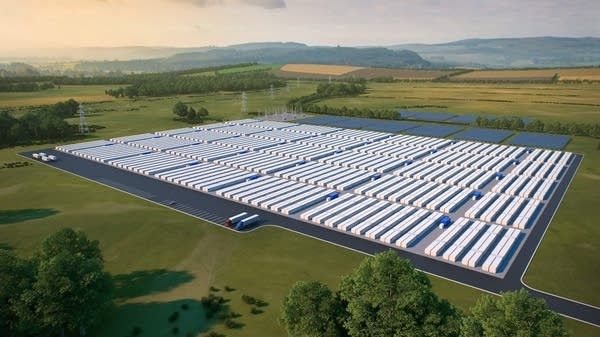
– Researchers at the University of Illinois have developed button cell prototypes of aqueous alkali metal-air batteries, including lithium-air and sodium-air chemistries. These have demonstrated the fundamental viability of metal-air batteries.
– Phinergy, an Israeli startup, has developed aluminum-air battery prototypes designed to extend the range of electric vehicles. Field tests show a range increase of 3x over Li-ion batteries in a modified Renault vehicle.
– The Navy has tested large-scale iron-air batteries for low-cost long-duration energy storage. Their demonstrations have shown multi-day discharges using tons of steel wool electrodes.
– In 2018, NantEnergy demonstrated 96 iron-air cells providing ~1MWh of grid storage capacity in a pilot project on the island of Oahu, Hawaii. This technology could provide baseload renewable energy in isolated grids.
Possible Applications
If iron-air batteries can overcome current limitations and reach commercial viability, they may enable several promising applications due to their theoretical high energy density and low cost. One major possible use is in electric vehicles. The driving range of electric cars is currently limited by battery capacity and weight. Iron-air batteries could potentially enable electric cars to travel 500-1000 km on a single charge, eliminating range anxiety. Their low projected cost could also help make electric vehicles affordable for mainstream adoption.
Iron-air batteries may also be suitable for grid-scale energy storage to support renewable power sources like wind and solar. Their high capacity and low cost per kWh could make them attractive for storing large amounts of electricity. This application could help balance supply and demand on the grid. Additionally, the potential for iron-air batteries to be made from abundant raw materials could enable scaling grid storage to the terawatt-hour level.
Other potential applications if the technology proves feasible include electric trucks, electric aviation, portable power for military use, backup power supplies, and off-grid power systems. However, real-world viability has yet to be demonstrated, so these possible uses remain speculative for now.
Expert Opinions
While Iron-air batteries are still in early development stages, many researchers are optimistic about their potential. Dr. Linda Nazar, a leading researcher in metal-air batteries at the University of Waterloo, believes iron-air has the best chance of success for electric vehicles, stating “It’s by far the cheapest metal and very energy dense. It’s non-toxic; it’s very safe in terms of handling, and it’s environmentally friendly.”
Dr. Jeff Dahn, a pioneer in lithium-ion battery research, also sees promise, noting “Iron-air batteries offer the prospect of providing levels of energy density 2-3x higher than Li-ion batteries at a fraction of the cost.” He cautions that work is still needed on cycle life, saying “The technology shows a lot of promise but isn’t quite ready for commercialization.”
Dr. M. Stanley Whittingham, 2019 Nobel Prize winner in Chemistry for his work on lithium-ion batteries, believes that “Iron-air batteries have great potential if issues around efficiency and sustainability can be solved.” He thinks they could complement lithium-ion batteries in stationary storage applications.
While acknowledging the challenges, most experts seem to agree that iron-air batteries represent an exciting new battery chemistry that could enable longer range EVs, lower cost grid storage, and other applications, if key technical hurdles can be overcome through ongoing research and development.
Current Status
Iron-air batteries are still in the early stages of research and development. While significant progress has been made in the lab, iron-air batteries are not yet ready for widespread commercialization or viability as consumer products. Most working prototypes remain at small scale and have only demonstrated limited recharge cycles. Researchers continue working to extend battery life and improve efficiency before iron-air can be practical for real-world applications.
Several key challenges remain before iron-air batteries reach the maturity level required for large-scale manufacturing and adoption. These include preventing degradation of the iron electrode, managing heat generation, reducing material costs, and improving recharging rates. Solutions to these issues are still under exploration. While promising, iron-air technology has yet to cross the threshold from laboratory concept to scalable product ready for commercial markets. Widespread viability as a consumer battery option likely remains years if not decades away.
Future Outlook
The future looks bright for iron-air batteries to become a practical and widespread energy storage solution. As research continues to overcome technical obstacles, several key factors point towards iron-air batteries realizing their full potential in the coming years:
– Declining costs of materials and manufacturing as production scales up will make iron-air batteries more affordable and economically viable.
– Improvements in efficiency, cycle life, recharging speeds, and operating conditions will enable iron-air batteries to better match the performance of lithium-ion batteries.
– Support from governments and companies investing in renewable energy storage will accelerate development and commercialization.
– Growing market demand for long-duration energy storage, especially from electric utilities, will drive adoption once iron-air batteries meet grid-scale needs.
– Continued focus by researchers on innovative catalysts, electrolyte formulations, and battery management systems will help overcome remaining technological barriers.
While some experts are cautious about predicting the timing, iron-air batteries appear well-positioned to move from laboratory prototypes to widespread commercial viability in the coming decade. If cost and performance targets are met, iron-air batteries could become the next generation of affordable, sustainable, and scalable grid energy storage worldwide.
Conclusion
To summarize, iron-air batteries are an intriguing idea with the potential for very high energy density compared to lithium-ion batteries, but still face major hurdles related to efficiency, cost and cycle life. While recent lab prototypes have shown promise, they have not yet been successfully scaled up for commercial viability. Most experts believe major breakthroughs are still needed in areas like preventing corrosion and electrolyte degradation before iron-air batteries could become a mainstream energy storage solution. Despite the long road ahead, the fundamental science shows potential if key challenges can be overcome. The consensus seems to be that iron-air batteries may play a role in select applications one day, but are not yet ready to unseat lithium-ion as the dominant battery technology.
In conclusion, iron-air batteries show promise but are not yet proven as a fully viable battery technology. Their theoretical advantages keep interest alive, but considerable research and development is still required before they could be commercially deployed at scale. The viability of iron-air batteries reaching widespread adoption remains uncertain.

